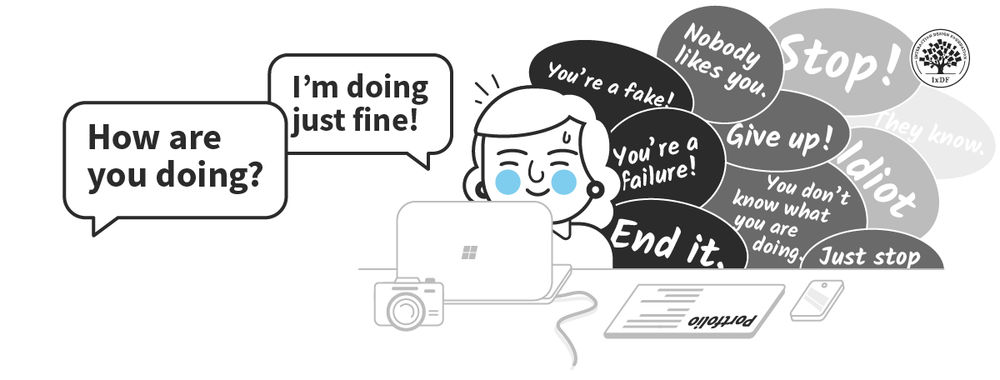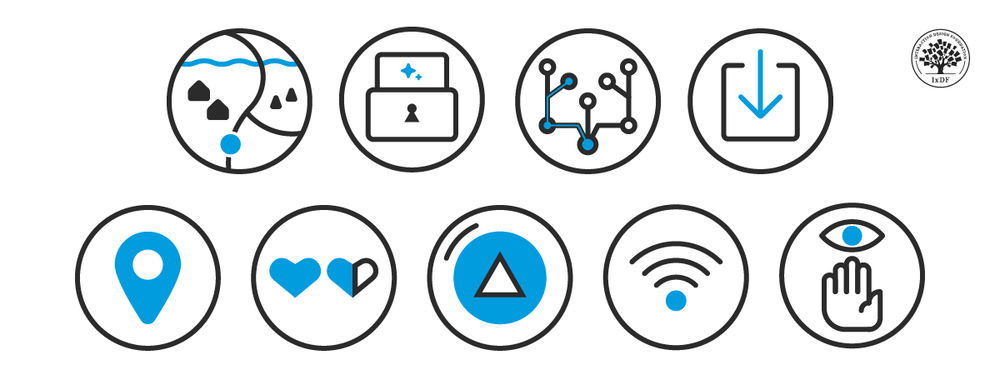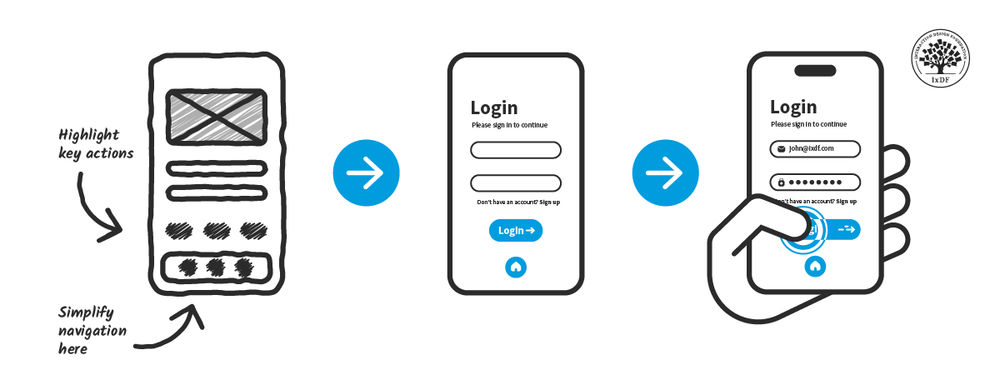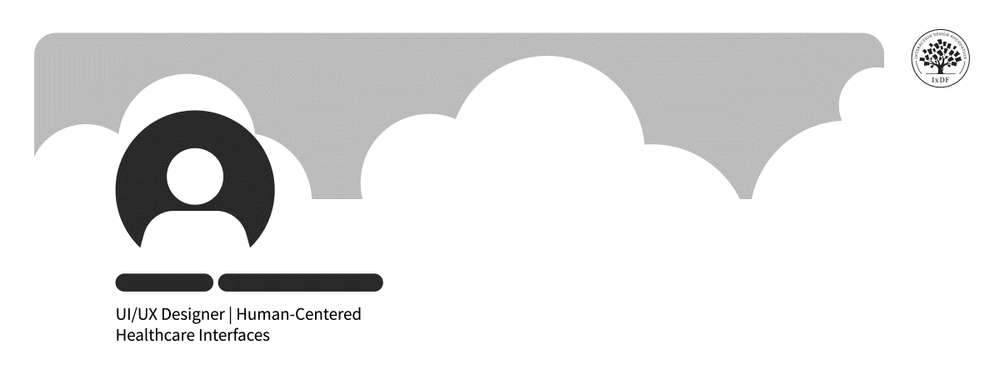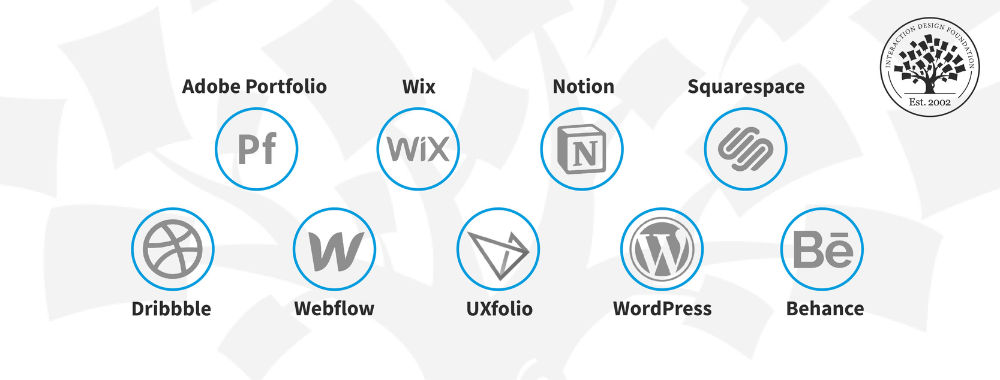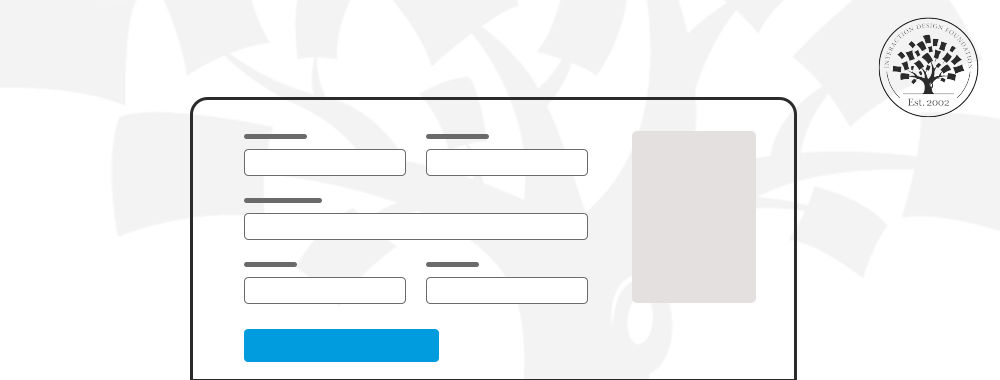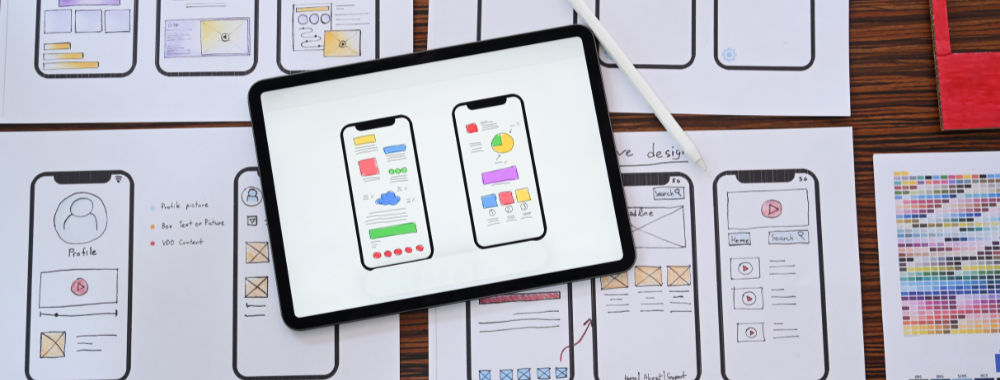Imagine that you come into work one morning and attend the monthly product meeting. At that meeting the product manager announces that sales have dropped by 75% and customer complaints have tripled in the last 2 months. You’d know that there was a strong likelihood of a user experience problem wouldn’t you? Sales tanking and high volumes of complaints are pretty good indicators that something is badly wrong with a product.
But what about if the situation was a little different? You go to the same meeting and the product manager announces that sales are rising gently at 10% month on month and that customer complaints continued to be very minimal. Perhaps less than 0.001% of your user base contacts customer care in the month. Does that mean that you’ve delivered a perfect user experience? Can the UX design team put their feet up and rest on their laurels for a while or just look at the future roadmap and start adding new features?
Sales and Marketing
One thing that many user experience professionals underestimate is the power of sales and marketing to paper over cracks in the user experience. It is perfectly possible for a product that fills a unique niche to sell well even if the overall experience isn’t that great. It’s also possible for a company to leverage great advertising to paper over cracks in an experience.
Now, these effects probably won’t last forever but it’s important to realize that they can and often do exist. You need to be careful about the metrics that you use for User Experience, sure sales and customer care figures are not useless. It is completely possible for great sales and few complaints to be an indicator of a great user experience.
It is also possible that you’re not looking in the right places to determine the overall user experience. There are some valuable questions that you might want to ask before you conclude that your user experience is perfect.
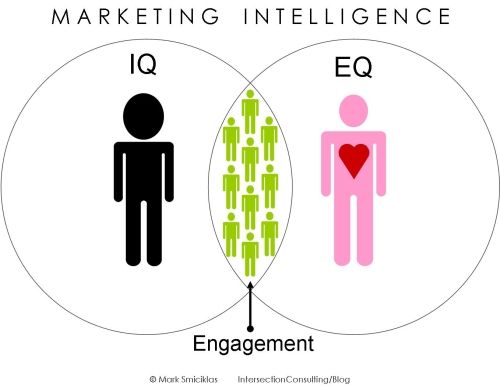
Author/Copyright holder: Mark Smiciklas. Copyright terms and licence: CC BY-NC 2.0
Are Users Accessing All the Product Functionality?
If you have analytics or metrics generating tools built into your product, it should be easy to get a feel for whether users are using everything that you provide or whether they’re just skimming the surface.
This is important because if they’re only skimming the surface, it suggest that there’s a disconnect somewhere in the user experience which deters people from getting to grips with more complex tasks. This may not matter today if you’re the only product in the niche but it very well may matter tomorrow when a competitor arrives (which they will).
Now, it’s unrealistic to expect every user to use every function of most products but it is realistic to expect some users (and for an increasing number of these users to be found month-on-month as more people get familiar with the product) to want to use everything you have to offer. If you find that that’s not the case – it’s time to do a little research to get to the bottom of why this should be.
In the long-term this can help you build a sustainable advantage in your market and make it much harder for a competitor to catch you.
Are Your Helpdesk Calls Themed?
Alright, you’re not getting very many customer complaints but you are getting a number of helpdesk calls. Reviewing the data collected by your helpdesk can help you spot user experience issues before they reach a critical mass.
You’re looking for themes. When users call and ask about a particular feature over and over again – there’s probably something awkward to use about the feature. That’s a user experience problem. If there are issues that crop up regularly on the helpdesk, they are going to eventually become a source of user dissatisfaction.
Helpdesk data is great for informing UX professionals of potential issues. It’s an excellent barometer of the “usability” element of the overall user experience.
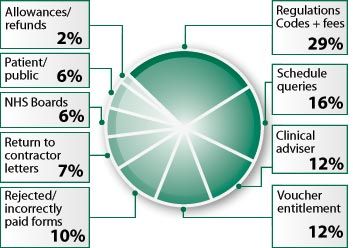
Author/Copyright holder: Practitioner Services Division is a Division of National Services Scotland (NSS). Copyright terms and licence: All rights reserved Img source
What Are Users Asking For in Future Releases?
Most product design companies tend to build relationships with their user base today. This can be through social media (for mass market products) or through sales account managers (for medium and large accounts for more specialist products) or even a combination of the two.
For example, Microsoft’s interactions with home users of its Office products are markedly different to its interactions with major corporate license holders. This is sensible, the bigger the customer – the more effort that should be put into supporting them.
Through these relationship channels, it’s very common for users to request new features. You may find that there’s a user experience issue if a lot of requests for “new features” are actually requests for features that you already have.
If people can’t find a feature or can’t use it properly; they’re going to ask for it. It’s time to examine that area of your product and see how you can make it more useful or accessible or usable (or a combination thereof).
What’s Going On With Your Competitors?
If you have the most fully-featured product in your market – your sales should reflect this. If your sales are increasing 10% month-on-month but your biggest competitor is seeing an increase of 50% month-on-month – there’s something wrong.
If you’re delivering measurably the best user experience, then you should be winning the lion’s share of new sales. If your competitor is winning that lion’s share, then they’re probably delivering a better user experience.
Your experience may still be good but this metric shows that there’s room for improvement. You can’t sit back and enjoy your success – there’s still more work to be done.

Author/Copyright holder: jayhem. Copyright terms and licence: CC BY 2.0
Summary
Great sales and low volumes of complaints may be good news and indicate an excellent user experience or they may be masking user experience issues. It’s important to have a range of measures in place to see if you’re delivering on the promise of an excellent user experience or whether issues are just a little more deeply buried.
Header Image: Author/Copyright holder: Seven Days Of No Complaint. Copyright terms and licence: All rights reserved. Img Source



